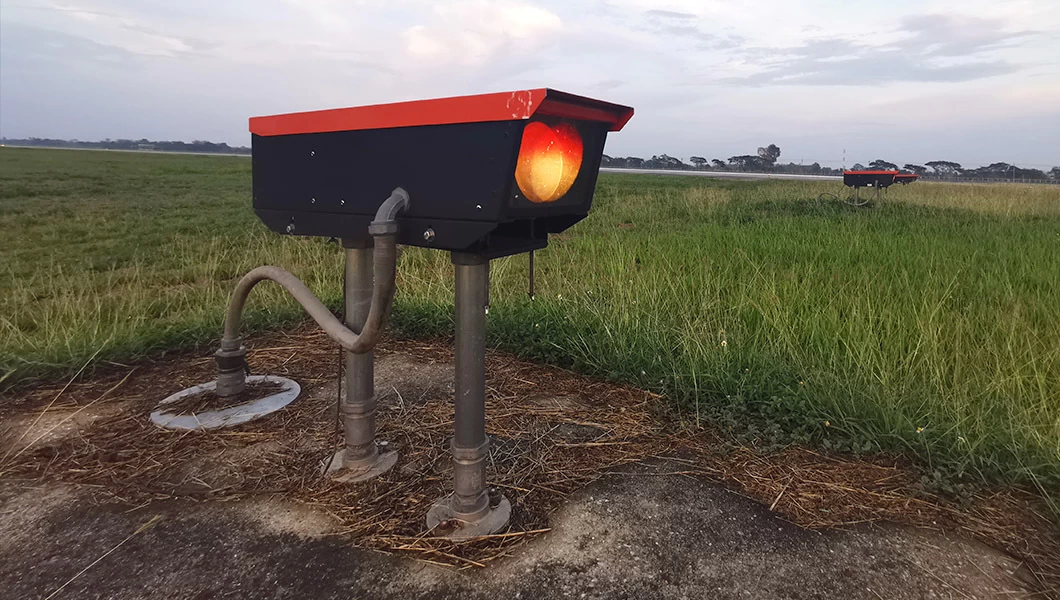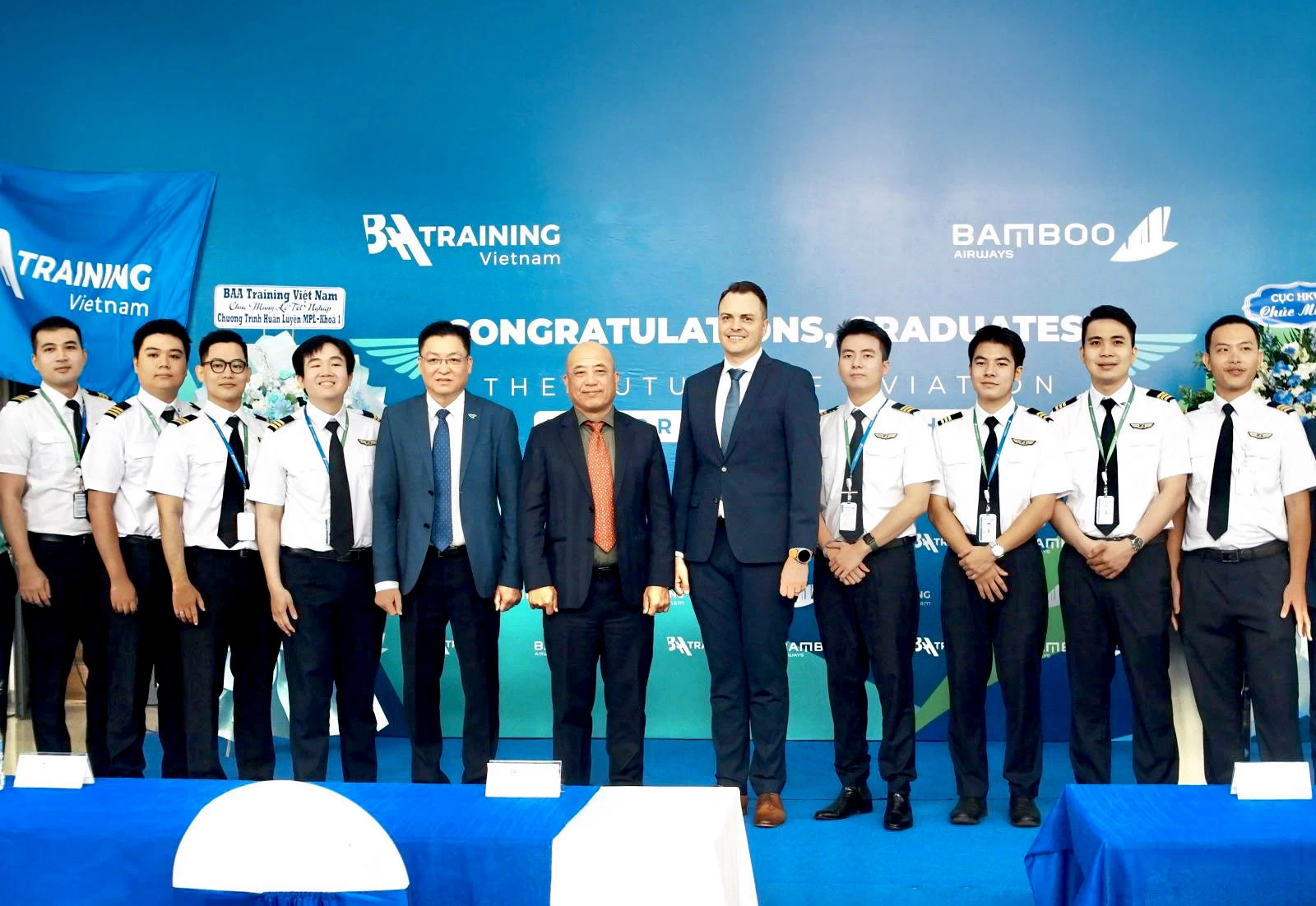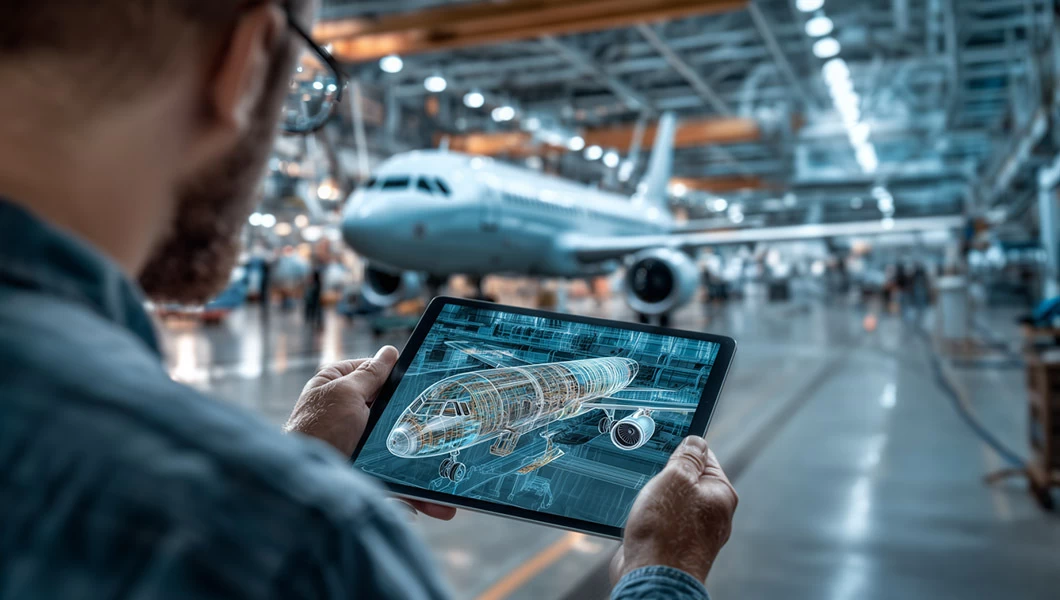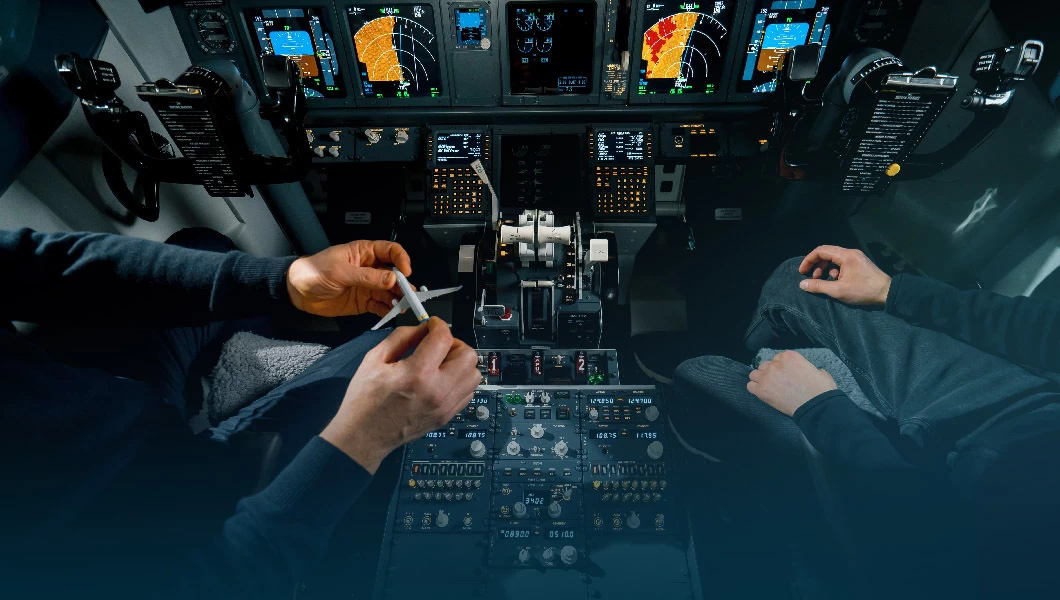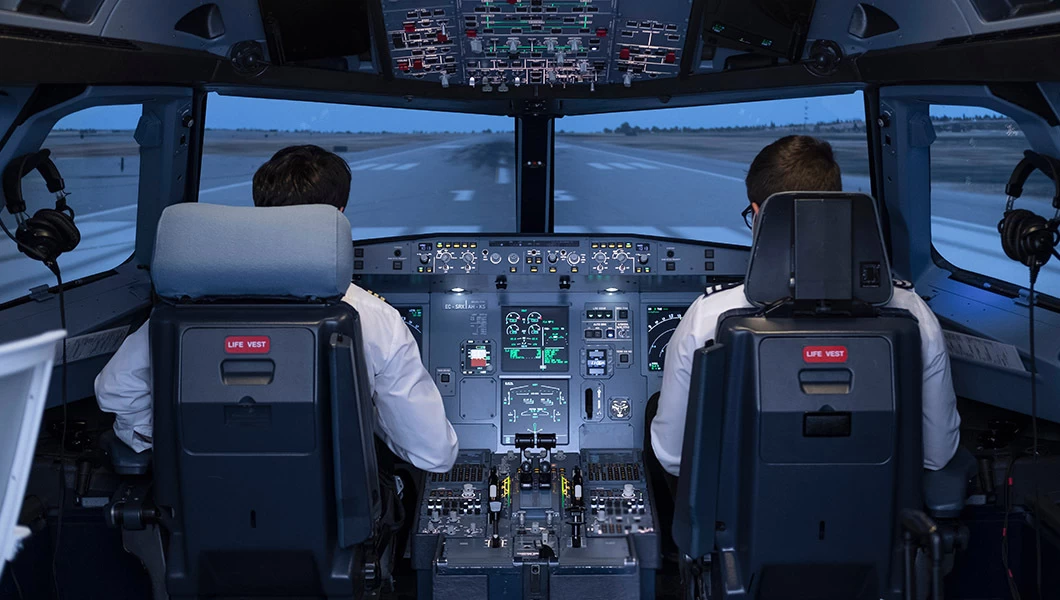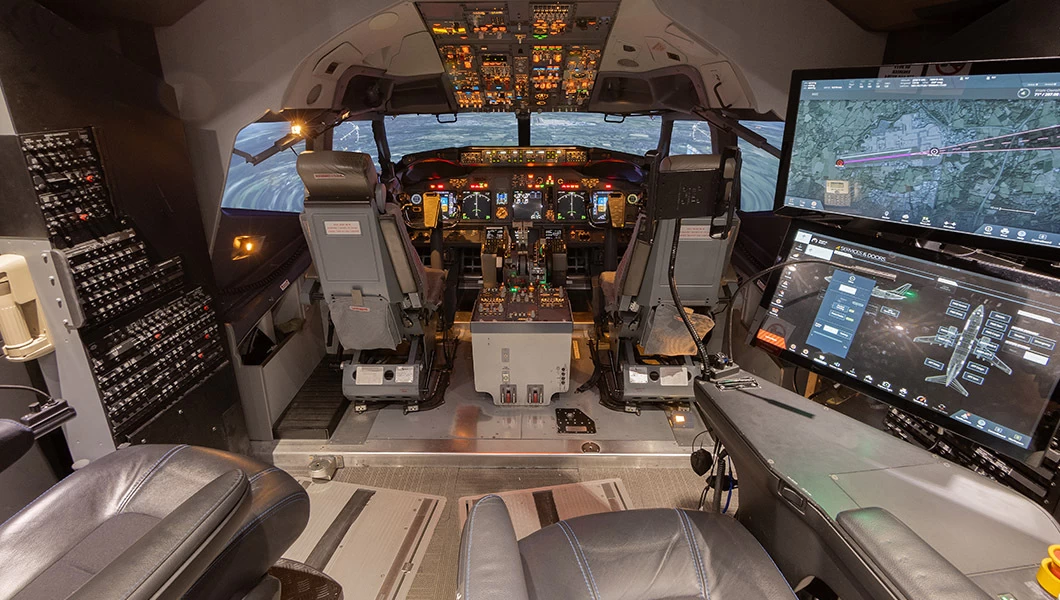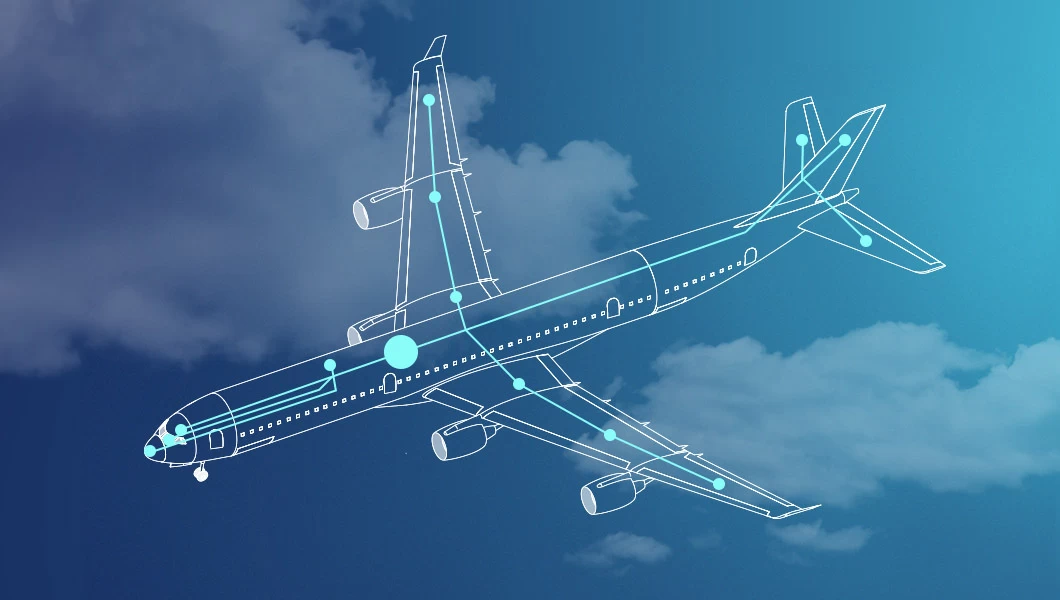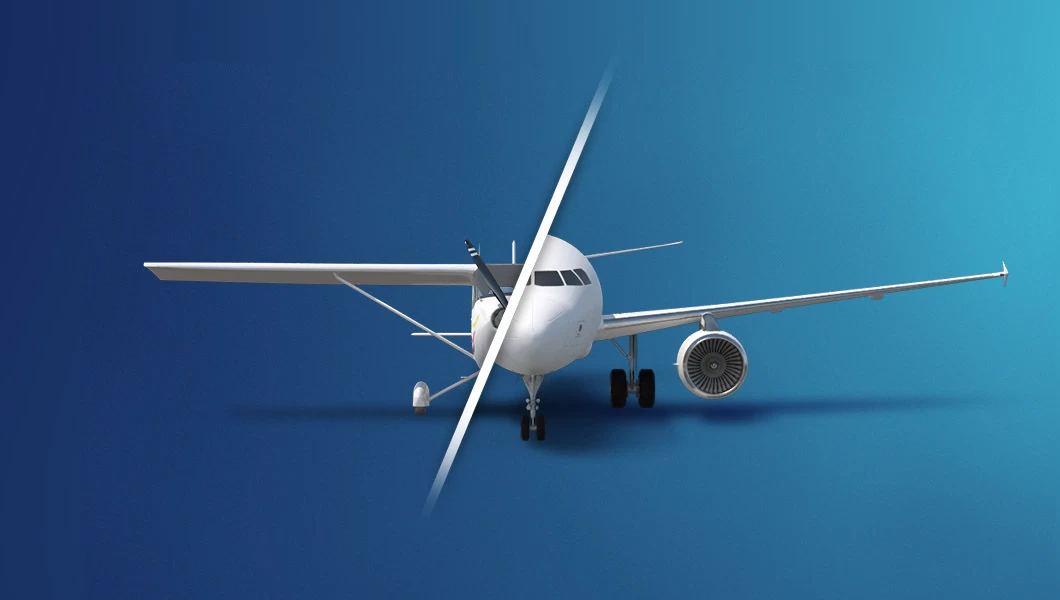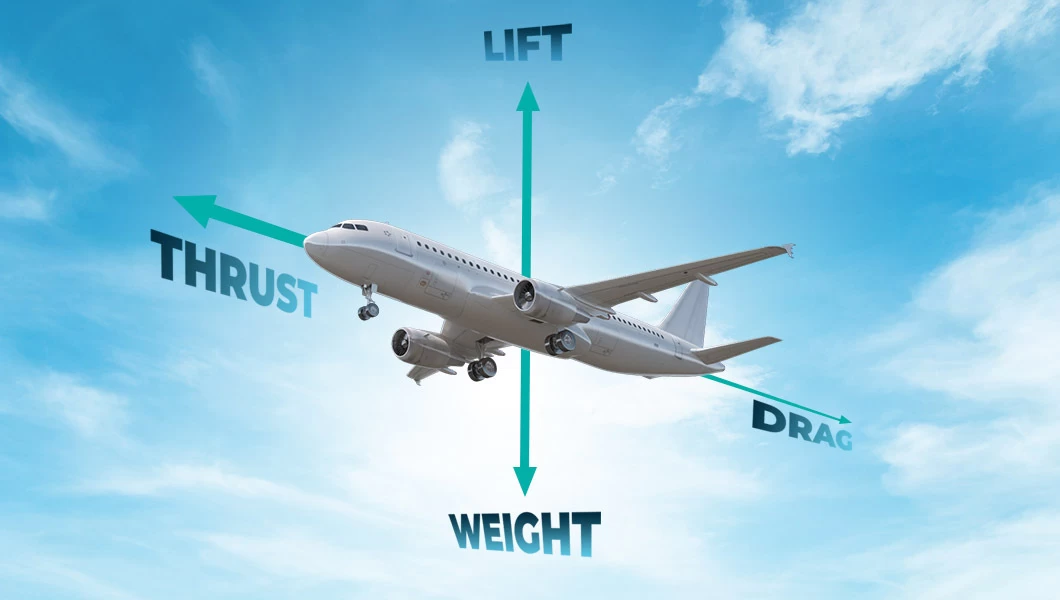Interestingly enough, the Indian aviation market showcases astonishing figures. It has already earned the title of the fastest-growing aviation market globally and is on the verge of becoming the third-largest globally. To clarify, in 2024, the market size is USD 13.89 Billion, forecasted to double to USD 26.08 Billion in 2030, according to the Indian market researcher Mordor Intelligence.

Naturally, this rapid expansion creates an urgent need for trained aviation professionals, including pilots, cabin crew, and ground staff, and makes more aviation enthusiasts ponder the question, “How to become a commercial pilot in India?”.
Consult with BAA Training India
In response to the growing demand for highly qualified pilots, the BAA Training India consultancy center opened its doors in September last year. Though it is not a training center itself and is a relatively new venture in India, it leverages decades of experience, knowledge, and know-how accumulated by BAA Training, which is based in Europe.
In other words, it serves as a starting point for Indians who, without leaving their home country or spending hours browsing the Internet trying to research the opportunities available in Europe, can simply pop into the Indian BAA Training representative office and have a comprehensive and detailed chat with our experienced Indian employees and aviation experts. This way, they receive personalized guidance on how to embark on and navigate all the necessary commercial pilot license (CPL) training stages at BAA Training in Europe.
Ravi Sharma, Managing Director of BAA Training India, says: “I’m thrilled to see the overwhelming interest we receive from aspiring aviators. Our dedicated team is tirelessly working to assist them in seizing the opportunity to pursue next-level pilot training in Europe.”
“With the support of our partners Axis Bank, ICICI Bank, Yes Bank, and HDFC Credila, who are ready to provide a bank loan for students who want to join BAA Training, we are empowering aspiring aviators to turn their dreams of aviation excellence into reality, ensuring that financial barriers do not hinder their path to success.”
Consider Indian Cadet Program by BAA Training
While we offer a diverse range of pilot training programs—modular, integrated, MPL, etc.—we deemed it necessary to develop a separate, versatile Indian cadet program tailored to the Indian market specifically. Unlike standard training options, this one provides students with perhaps the greatest opportunities to immerse themselves in a multicultural environment, delve deeper into the intricacies of more than one aviation regulatory authority, travel between continents to build on their aviation skills, and learn from the best. The program includes obtaining a Private Pilot License (PPL) as part of the training process.
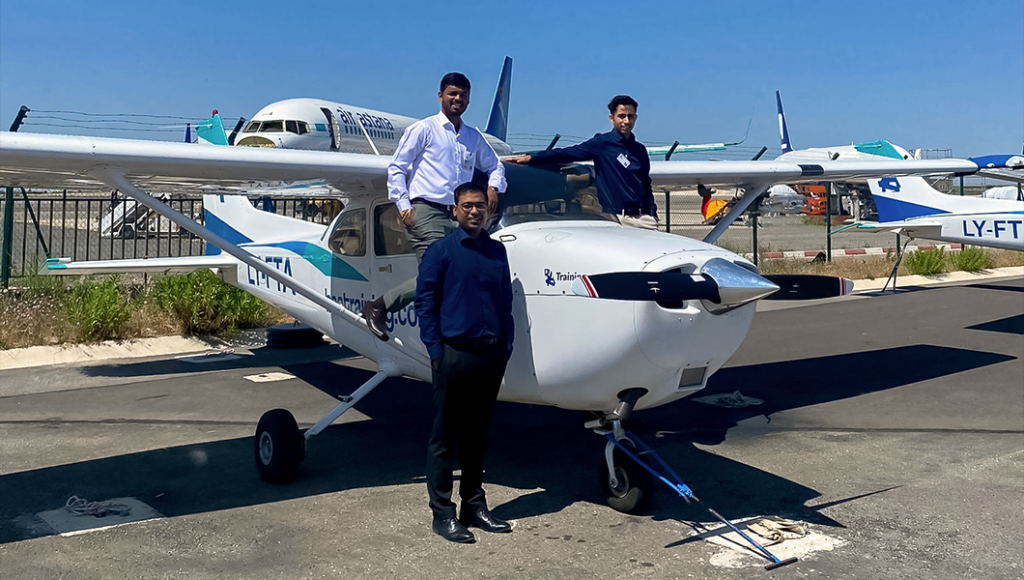
In more precise terms, students start with theory and 200 flight training on aircraft in Lithuania or Spain, gaining EASA-approved CPL with multi-engine and instrument ratings. Then they proceed to DGCA-approved theory and examination for CPL as well as the Flight Radiotelephony Operator’s License course in India, and they remain there for EASA license conversion to Indian CPL (FCL). Finally, they pack their suitcases again for A320 or B737 Type Rating approved by the Directorate General of Civil Aviation in Lithuania, Spain, Vietnam, or India!
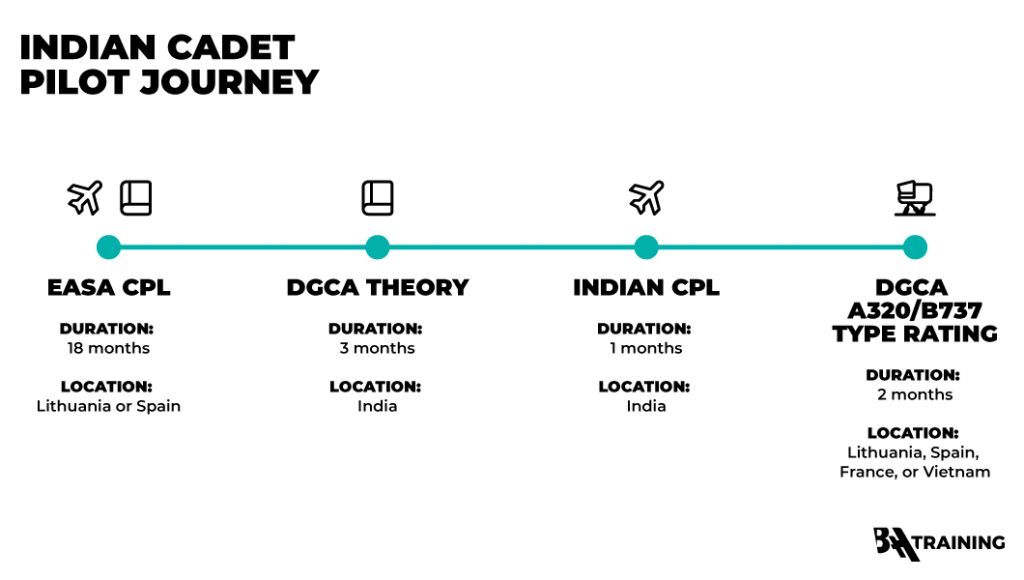
As a result, with so much international experience, they end up equipped not only with the technical skills but also with the cultural adaptability and strong regulatory knowledge needed to excel in various aviation environments. And… A dual EASA-DGCA license! This means that if they ever seek employment in any of the 27 EU countries, it will be a much easier process than if they completed all their training from the beginning to the end in India.
Quality and Safety — Top Priorities
In 2023, former DGCA chief Arun Kumar pointed out that around one in three trained pilots in India are jobless, which amounts to more than 4,000 CPL holders. According to Business Today, many of these pilots are not just unemployed but also deemed unemployable due to inadequate training and lack of experience. This hints that the training they received was of dubious quality.
When it comes to BAA Training and our Indian cadet program, the focus is always on the unwavering commitment to maintaining the highest quality in every aspect of our training and operations. This is a source of great pride for us, and it’s the reason our graduates are highly competitive in the market and sought after by airlines. We understand that the quality of training is paramount for aspiring commercial pilots, and we are dedicated to ensuring that our cadets meet the highest standards required for this demanding career.
Decent Student-Instructor Ratio
While many flight schools have a ratio of one instructor to 12 or more students, BAA Training takes a different approach, prioritizing personalized attention and optimal learning conditions. With a ratio of one instructor to up to five students, we ensure that each aspiring pilot receives individualized guidance and a more effective learning environment.
Advanced Aircraft Fleet
For many students, the aircraft fleet is a key criterion when choosing a flight school. And it should be! In India, the majority of flight schools train their students on Cessna-type aircraft, based on publicly available information on their websites. However, BAA Training stands out. We train our students on the most advanced and reliable type – the Cessna 172S. This superior aircraft, often outperforming the Cessna 152, Cessna 172A, or Cessna 172R used by other schools, reinforces confidence in our students.

Modern avionics systems like the Garmin G1000 that Cessna 172S boasts are great for student pilots because they integrate many instruments into easy-to-read displays, enhancing situational awareness with moving maps, traffic alerts, and weather information. Automation features reduce pilot workload, allowing students to focus on learning to fly. Students also get prepared for advanced technology used in commercial and private aircraft, while clear warnings and alerts help reduce errors and promote safer flying habits. Overall, these features make flight training more intuitive, efficient, and aligned with current aviation standards.
Instructors Who Are Pilots at Leading Airlines
Recent news headlines in Indian newspapers have been alarming, highlighting the trend of flight schools shutting down due to a shortage of instructors. Those that manage to stay open often rely on inexperienced training graduates, fresh starters already teaching the next generation of pilots. This not only jeopardizes the quality of education for students who pay lump sums for training but also endangers lives — both of the students and those they will carry as employed First Officers in the future.
In contrast, at BAA Training, all ground and flight school instructors bring an impressive array of expertise, holding Bachelor’s, Master’s, or Ph.D. degrees and coming from multiple countries. Equally important to their educational background and cultural versatility is their active experience in flying as First Officers and Captains while instructing at BAA Training. This ensures that they stay current with industry standards and provide top-tier training.
High Safety Standards
A pilot holds one of the most safety-sensitive positions, and it is a flight training organization’s duty to prioritize its students’ safety. They must put in place high safety standards that students continue to maintain beyond the academy’s walls. Unfortunately, many flight schools in India struggle to offer a safe training environment. Last year, one flying school faced suspension after experiencing five crashes within a six-month period. This is shocking, especially when compared to the standards upheld by European flight schools, including BAA Training.
Similar ARTICLES
At our academy, the well-being of our students and staff is paramount. We embed rigorous safety protocols into every aspect of our operations, from ground training to flight instruction. Audits happen regularly, ensuring our compliance with all safety regulations and industry best practices.
More Thorough and Deep Theoretical Preparation
For the issuance of a Commercial Pilot License (CPL), student pilots in India must complete a minimum of 200 hours of ground training, covering subjects such as Air Regulations, Air Navigation, Meteorology, Aircraft and Engines, and Radio Telephony. Consequently, many flight schools offer precisely that to their trainees without going the extra mile.
If you choose a BAA Training Indian Cadet Program, you will receive four times more theory hours. Moreover, the curriculum includes Area 100 KSA and MCC, which are essential modules for successful employment at an airline.
Two Years to Complete the Program
A very important factor is the duration of a training program and the organization’s capability to keep promises. In India, a commercial pilot license should typically take about two years, but often, it gets extended, sometimes even up to five years, as trainee pilots must wait for an opportunity to fly due to the inadequate number of aircraft operated by a flying school.
From our side, we make sure students complete the Indian Cadet Program within the given timeframe of two years. To avoid flight delays due to aircraft needing maintenance (that, in turn, needs outsourcing and waiting in a queue) or simply insufficient aircraft fleet, we have opened our own maintenance, repair, and overhaul (MRO) organization that we have on-site and ordered 47 additional Cessna 172S aircraft to ensure more excellent flight planning.
Stringent and Accurate Assessment
Our assessment standards are recognized for their attention to detail and precision, underscoring our commitment to quality. While the entry exams entail higher-than-average costs prospective students need to pay compared to those they would encounter in India, this highlights our dedication to selecting the most promising pilots from the outset.
Your PILOT CAREER
starts with a first click
We believe it’s better to invest a couple of hundred euros in an exam and find out you do not have suitable competencies for the profession than to be allowed to start the course, only to realize later that you cannot keep up with the pace and the profession is not suitable for you, resulting in wasted thousands without achieving the goal.
Eligibility Criteria
To become a pilot after completing high school, you must meet the following acceptance criteria for the Indian Cadet Program: a pass in the 10+2 examination with Mathematics and Physics, a Criminal Record Check (CRC) Basic Disclosure Certificate, Indian DGCA and EASA Class 1 Medical Certificates, and be at least 18 years old.
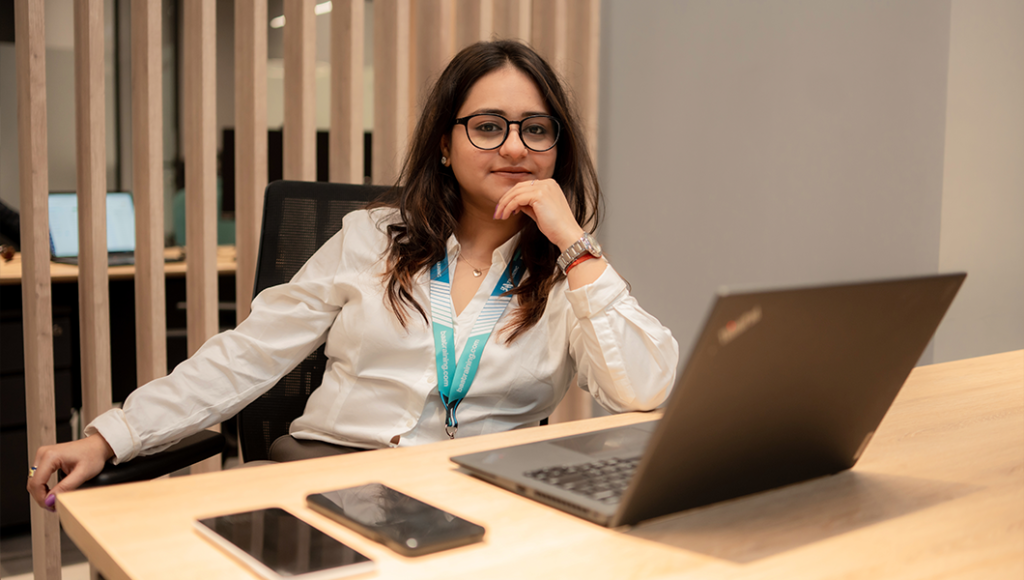
Pilot Salaries and Career Prospects
Pilot salaries depend on various factors, including experience, the type of aircraft they operate, and the airline they work for. Please find the market averages below so you can imagine what to expect. It is important to note that India is currently experiencing a significant shortage of experienced and qualified pilots. Due to demand being higher than supply, salaries are increasing and are expected to continue rising.
Freshers ₹9 LPA – ₹11.25 LPA
1-3 years ₹15 LPA – ₹25 LPA
3-5 years ₹25 LPA – ₹35 LPA
5-10 years ₹35 LPA – ₹50 LPA
10+ years ₹50 LPA – ₹1 Crore
Summary
In conclusion, if you are considering becoming a pilot in India, the path choice is entirely yours, as multiple options are available. BAA Training guarantees strict adherence to the highest EASA-level standards of safety and quality throughout every aspect of the training journey. Our comprehensive training program includes professional instructors, a highly advanced fleet, and state-of-the-art facilities, all within a safe, multicultural, and friendly environment. We aim to produce highly employable pilots who have the freedom to choose the airline they work for rather than feeling compelled to accept any offer that comes their way.
It’s important to note that while we have compared our educational standards with those in India, there are reputable flight schools within India that also provide quality training and successfully graduate students within expected timeframes. We encourage you to conduct your own research, and we invite you to contact BAA Training India for consultation as part of your decision-making process! 🙂

